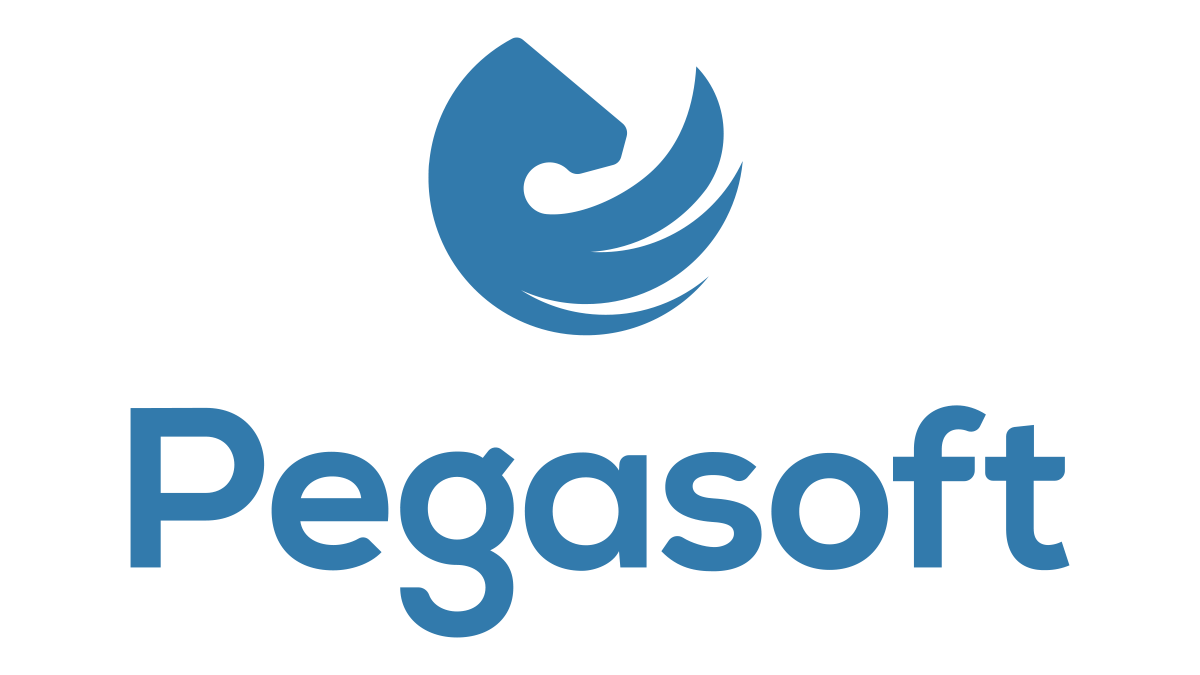Telehealth saves patients money (and helps the planet by reducing CO2 emissions)
A study by Altems – Università Cattolica measured the benefits of telehealth in six hospitals. With incredible results: patients “gained” between 45 minutes and 2 hours of time and “saved” between 20 and 76 euros in costs.
Transition in medicine
At the height of the public health emergency associated with the COVID-19 pandemic, the high transmissibility of the virus gave a strong impetus to new models of patient management and communication, which, despite their tragic nature, brought about several positive changes in healthcare. Suddenly, cultural resistance, established ways of working, bureaucracy and excessive constraints were overcome. The value of digital healthcare, understood as the application of information and communication technologies (ICT) to the medical and social/health care sectors, was finally understood.
The closure of hospitals and the postponement of clinical activities for patients suffering from certain diseases gave a strong impetus to the development of telehealth solutions. In fact, many clinical activities, such as the administration of medication or the monitoring of diseases, especially chronic ones, were carried out during the closure thanks to the use of telehealth services.
Telehealth systems (tele-consultation, tele-health, tele-assistance) have therefore proved to be a more efficient and personalised response to patients’ needs, enabling them to communicate with their doctors from home and to control and monitor their health status.
In addition, the positive impact on the quality of health services provided is evident. The establishment of strong interdisciplinary and interprofessional collaboration between professionals has led to the promotion and development of new care pathways focused on prevention, quality of life and patient empowerment.
How telehealth works
But what are the specific benefits of adopting telehealth-based care and support models?
This is the question that ALTEMS (Alta Scuola di Economia e Management dei Sistemi Sanitari, Università Cattolica del Sacro Cuore) sought to answer in an in-depth study involving 6 hospitals and 831 television visits.
«Even without going into more complex analyses, we can immediately think of the time and cost of travel, which is often significant for patients who live in non-urban areas and/or suffer from chronic and rare diseases and are treated in specialised centres, often outside the region. These distances are even greater if the patient is not autonomous and needs to be accompanied by a family member or carer» explain Fabrizio Massimo Ferrara and Sara Consilia Papavero from Altems.
1. Environmental impact
Using data from 831 televisits provided by six hospitals in three regions, it was found that less than 15% of patients live in the same community as the facility. For the remaining 85% of the sample, the distance between the communities was calculated using Google Maps services, resulting in an average travel time of 140 kilometres for a two-hour round trip.
«Assuming optimistically that all cars comply with the Euro 6 standard, the environmental impact can be assessed, which, even for such a small number of cases, results in a total reduction in CO2 emissions of almost 10 tonnes», the authors explain.
2. Tangible benefits
But what are the real benefits in terms of time and money?
«The data collected, which represent a small but significant sample both in terms of pathology and territorial distribution, show that a patient who does not live in the same commune as the centre saves an average of 2 hours and 45 minutes. In other words, the time saved by a patient who lives in the same commune is of the order of 45 minutes.
Taking into account the average labour cost in Italy of 27.7 euros, according to the latest Eurostat analysis for 2019, we can estimate a cost saving for the patient of at least 20 euros if they live in the same municipality as the centre, and around 76 euros if they live in another municipality.
This is a significant benefit for people with chronic illnesses and/or who need to be accompanied by a carer, and who are often forced to take time off work to visit the doctor, losing several days’ work,» replies Fabrizio Ferrara.
3. Positive feedback
How did the patients react in practice?
«Positively, and in some cases, they have become ‘innovators’ themselves,», he says. And he cites the experience of the «working visit» to the rheumatology department of the Maggiore Hospital in Bologna, which used the «Telemedicina Subito» methodology developed by the Altems Observatory on Operational Telemedicine.
«Respondents chose to do the TV check, which lasted on average 20 minutes, directly at work during their break, on their way home, via smartphone or by requesting leave for the duration of the TV check only.».
4. Online survey
Obtain a snapshot of the relevance of telemedicine in the different healthcare companies and the characteristics of the solutions implemented or under development, described according to parameters independent of specific technologies or products. This is the objective of the online survey launched by the Altems Observatory on Operational Telemedicine in collaboration with Cerismas (Centre for Research and Studies in Health Management, Università Cattolica del Sacro Cuore).
«The pandemic has highlighted telemedicine as a relevant aspect of the healthcare system. It is now necessary to ‘systemise’ what has been done under the impulse of the emergency, in terms of integration into clinical-organisational processes», explains Fabrizio Ferrara.
All healthcare organisations are invited to participate by filling in the questionario. On the basis of the results collected, a framework of indicators will be proposed which can be used by companies and institutions as a tool for analysing the different implementations according to homogeneous criteria, facilitating cooperation on the ground and identifying possible targets for development in individual contexts.


